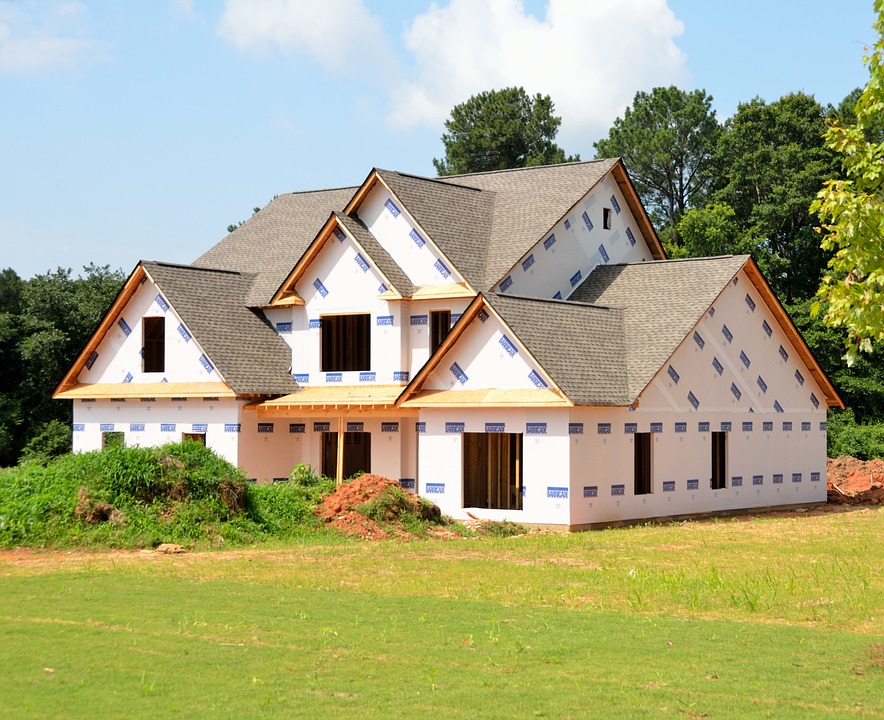Deciding between an open concept and conventional design can be daunting when designing a new home construction. Each design offer unique advantages and appeal to different lifestyles, making it crucial to think about what suits you best. With the increasing popularity of contemporary lifestyles, open concept designs have become favored for their ample space and ability to create a smooth transition between rooms. On the flip side, traditional layouts offer distinct areas that can enhance privacy and order.
As you start your process of building a new home, it is vital to weigh the pros and cons of these layouts in the framework of your needs and preferences. Whether you are drawn to the spacious atmosphere of an open floor plan or the timeless appeal of traditional rooms, comprehending the implications of each design choice will help you create a living space that truly reflects your lifestyle. In this article, we will examine the essential factors to think about when choosing between an open concept and a traditional layout, alongside helpful suggestions to assist your new home construction.
Grasping Layouts: Open-Plan vs. Classic
When deciding on the design of your recently constructed home, one must crucial to evaluate the pros and drawbacks of open concept versus conventional designs. Open-plan homes highlight a unconfined layout where the cooking area, recreation space, and eating area merge seamlessly. This design encourages engagement, making it perfect for family reunions and arranging get-togethers. The removal of barriers can also create an illusion of expanded space, allowing for versatility in furniture arrangement and interior design.
In contrast, classic layouts offer separated spaces that allow for privacy and separation between various areas of the home. Rooms including the kitchen, eating area, and lounge are neatly set apart, which can foster a sense of warmth and order. For families with specific needs, such as workspaces or playrooms, this type of layout can be helpful, as it allows for tailored zones adapted to various activities.
In the end, the selection between free-flowing and conventional layouts boils down to personal preference and daily habits. Consider how you and your family conduct yourselves, entertain, and utilize areas daily. Both layouts offer unique advantages, so thinking through your requirements and how you see your future home will help you make the best decision for your next home.
Building Schedule: How Long Does It Really Take?
The timeline for building a new house can differ greatly based on several elements, including the size of the home, the intricacy of the design, and the efficiency of the construction team. Typically, the entire procedure can take anywhere between several months to more than a year. On average, expect around six to nine for a typical single-family house. This duration includes land preparation, the real building phase, and the final check-ups prior to occupying.
To get a clearer breakdown, key phases such as obtaining permits and inspections typically take several weeks to a few months, based on local regulations. As soon as construction begins, the framework, wiring, plumbing, and final touches each take a certain amount of time. Moreover, setbacks can happen due to climatic factors or supply chain problems, which are increasingly common in the current construction landscape. Keeping an honest communication of dialogue with your builder about progress and issues is crucial in handling expectations.
Understanding this schedule can assist you adequately organize your transition into your new house and prevent any surprises. It also highlights the significance of comprehensive planning and design prior to breaking ground. Being recommended you read of potential delays and having a definitive timeline, you can better navigate the challenges of new home construction and ensure a smoother building experience.
Funding Your Dream Home: Critical Tips
While embarking on the path of building a modern home, grasping your funding options is essential. Start by looking into different types of loans specifically designed for recent construction, such as construction-to-permanent loans or standard mortgage options. Every type has its own set of conditions and implications for your budget, so it’s vital to get accustomed yourself with the conditions, financing rates, and repayment structures. Talking to a financial consultant can help identify which funding solution is most appropriate for your financial situation.
Additionally, financial planning plays a significant role in the financing of your future home. It’s essential to account for both upfront costs and continuing expenses. Formulating a detailed budget will help you identify areas where you can reduce spending and where you might need to spend more. Remember the unforeseen costs associated with brand new builds, including permits, assessments, and landscaping. Implementing a robust financial plan in place can prevent surprises later on and ensure that your ideal home doesn’t come with an excessive financial burden.

Lastly, obtaining pre-authorization from loan providers can give you a winning advantage when it comes to bidding or discussing terms with builders. Getting pre-approved provides you with a better understanding of how much you can afford and shows builders that you are a serious buyer. Take the time shop around and review offers, as rates and terms can differ significantly among lenders. With a proactive approach to financing, you’ll be more ready to navigate the development journey and relish the exciting journey of constructing your new home.
